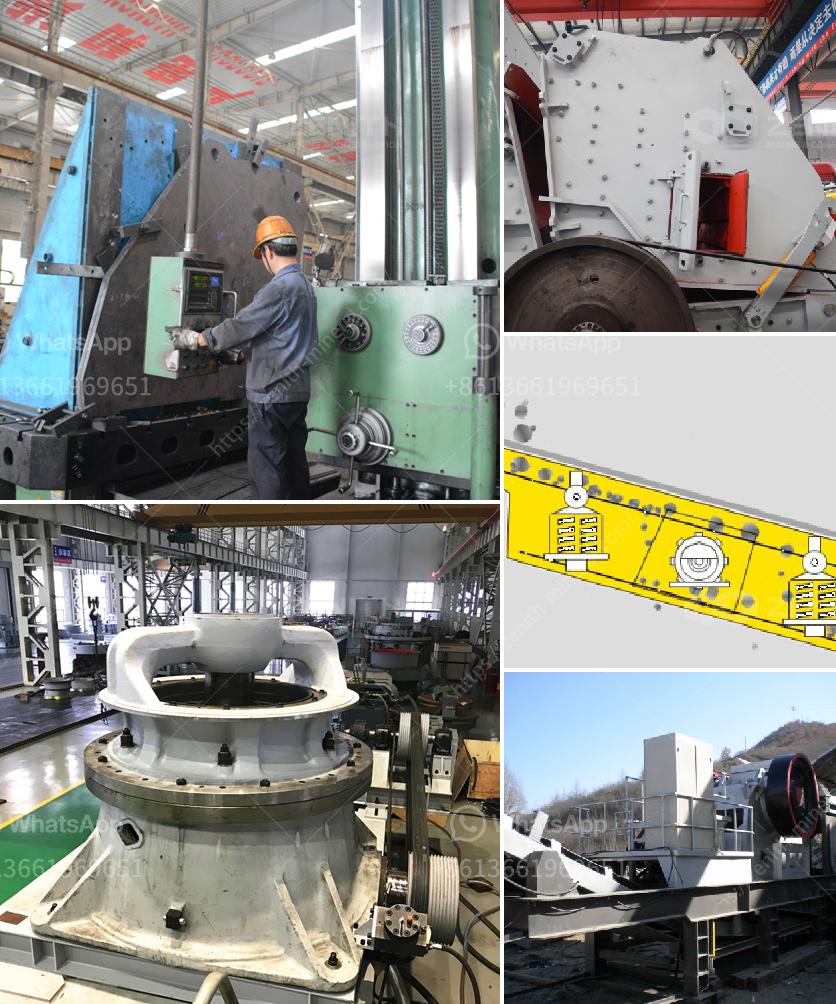Chromite ore beneficiation involves several processes to extract the valuable chromite mineral from surrounding materials. Here are the key steps typically involved:
Crushing and Grinding: The ore is first crushed and ground to liberate the chromite particles from the surrounding material.
Screening: The ground ore is then screened to separate particles based on their size. This step helps in preparing the ore for further processing.
Gravity Separation: Gravity separation methods, such as jigging, shaking tables, and spirals, are used to concentrate the chromite based on its density. Chromite has a higher density compared to the gangue minerals, allowing it to be separated effectively.
Magnetic Separation: Since chromite is weakly magnetic, magnetic separation can be utilized to separate it from non-magnetic gangue materials. Low-intensity magnetic separators can be used in this process.
Flotation: In some cases, flotation techniques may be used to further refine the concentrate by separating chromite from silicate and other impurities using chemical reagents.
Thickening and Filtration: The slurry obtained from the preceding steps is thickened and filtered to remove excess water, resulting in a higher concentration of chromite.
Drying: The final concentrate is often dried to reduce moisture content for further processing or shipping.
Tailings Management: The waste material, or tailings, generated during the beneficiation process is managed through various methods, such as tailing ponds or tailing dams, to minimize environmental impact.
Each beneficiation plant may have variations in these steps depending on the specific characteristics of the ore being processed and local regulations.
